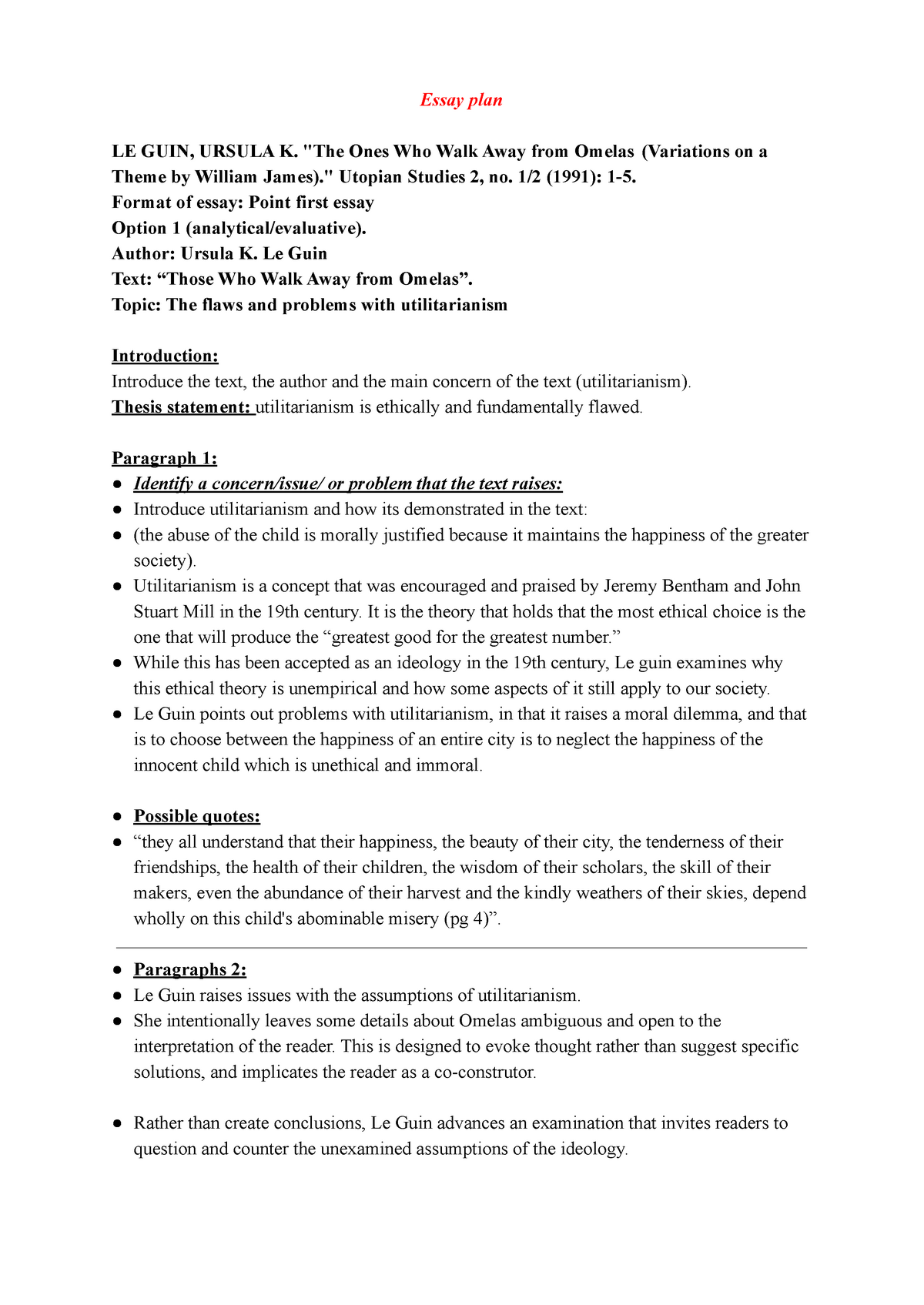
He considers two metaphors that have the same structure (a happy majority and a suffering individual), which aim to capture, in principle, the kind of world we live in. Buddhism shares with negative utilitarianism (which prioritises the minimisation of suffering over the maximisation of well-being) the intuition that total suffering cannot be compensated by happiness.Ĭontestabile asks in his paper whether Buddhist rejectionism is impartial. Contestabile also refers to the First Noble Truth of Buddhism, which states that life is dukkha (suffering or unsatisfactoriness). We can see rejectionist philosophy in Buddhism’s main focus: the achievement of nirvana in order to put an end to our suffering and to leave the wheel of reincarnation (which eternally perpetuates our suffering). The Swiss philosopher Bruno Contestabile draws this parallel between Le Guin’s short story and antinatalism in his paper The Denial of the World from an Impartial View(2016), published in the journal Contemporary Buddhism.Ĭontestabile considers the Buddhist rejectionist view of the world, a philosophical position that is opposed to phenomenal existence. Interestingly, The Ones Who Walk Away From Omelas has also been used as an analogy – or argument – for antinatalism, the philosophical position that assigns a negative value to birth and, therefore, posits procreation as an immoral act. It brings into focus the question of whether the means can justify the ends if the means involve harm to others. We can consider this kind of thought experiment as a sort of challenge to utilitarianism (at least act utilitarianism, which argues we should favour the action that produces the best possible results). Or if the hypothesis were offered us of a world in which Messrs Fourier’s and Bellamy’s and Morris’s utopias should all be outdone, and millions kept permanently happy on the one simple condition that a certain lost soul on the far-off edge of things should lead a life of lonely torture, what except a sceptical and independent sort of emotion can it be which would make us immediately feel, even though an impulse arose within us to clutch at the happiness so offered, how hideous a thing would be its enjoyment when deliberately accepted as the fruit of such a bargain? The inspiration for the story comes from an essay titled The Moral Philosopher and the Moral Life(1891), written by the American psychologist and philosopher William James.

These few outliers are thus known as ‘the ones who walk away from Omelas’.


And so they leave the city, they voluntarily leave paradise, with the conviction that such an action is the only right thing to do. The sight of the child and its implications force some visitors – both young and old – to reject Omelas wholesale. However, a minority of visitors are unable to shake off (what they feel to be) the depraved injustice of the situation. So they end up accepting this state of affairs and return happily to their blissful, comfortable existence. But they come to understand that this misery is the unfortunate cost of utopia, believing it justifies the happiness of the many. Their natural reaction, of course, is one of shock and disgust. Indeed, many citizens – including children – do visit the suffering child. The citizens of Omelas can visit the room where this child is locked away and bear witness to its tortured, isolated existence.

The precise reasons for this setup are not explained, but that is somewhat irrelevant what matters is the philosophical and ethical implications of the thought experiment: does the extreme happiness of an entire city justify the extreme suffering of a single being, which is necessary to maintain that happiness? If the child were granted freedom and relief from its suffering, the prosperity of Omelas would wither away. This particular short story (which you can read here) describes the utopian city of Omelas, whose idyllic nature depends on the continual imprisonment, torture, suffering, and dehumanisation of a single child. Le Guin, originally published in 1973 and then re-republished in The Wind’s Twelve Quarters (1975), a collection of Le Guin’s short stories. The Ones Who Walk Away From Omelas is a work of short philosophical fiction by the sci-fi writer Ursula K. An illustrated map of the city of Omelas, created by the artist Andrew DeGraff


 0 kommentar(er)
0 kommentar(er)
